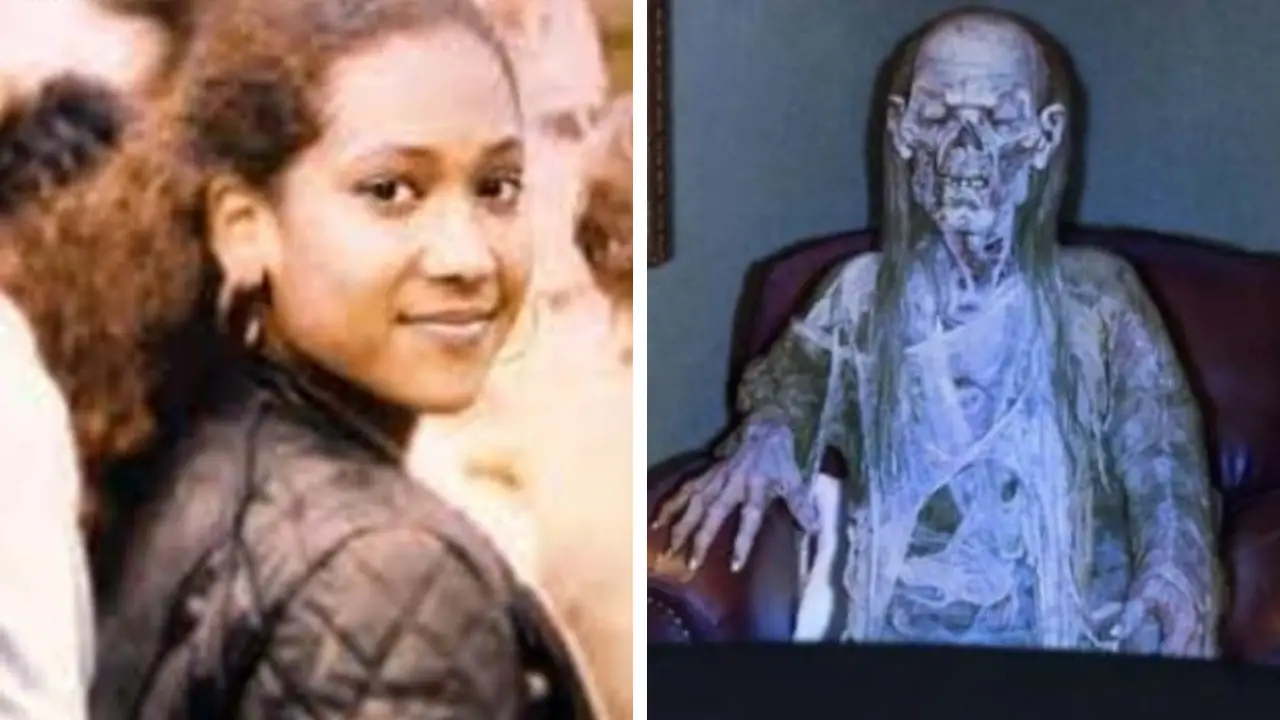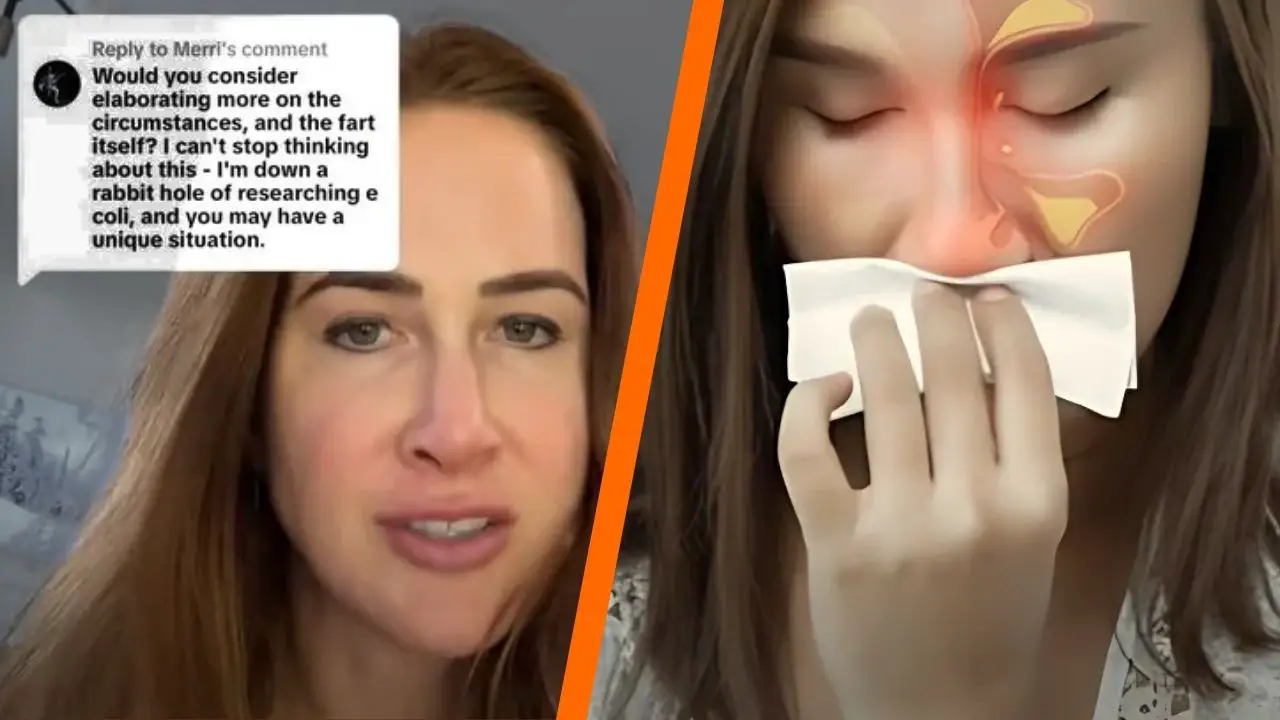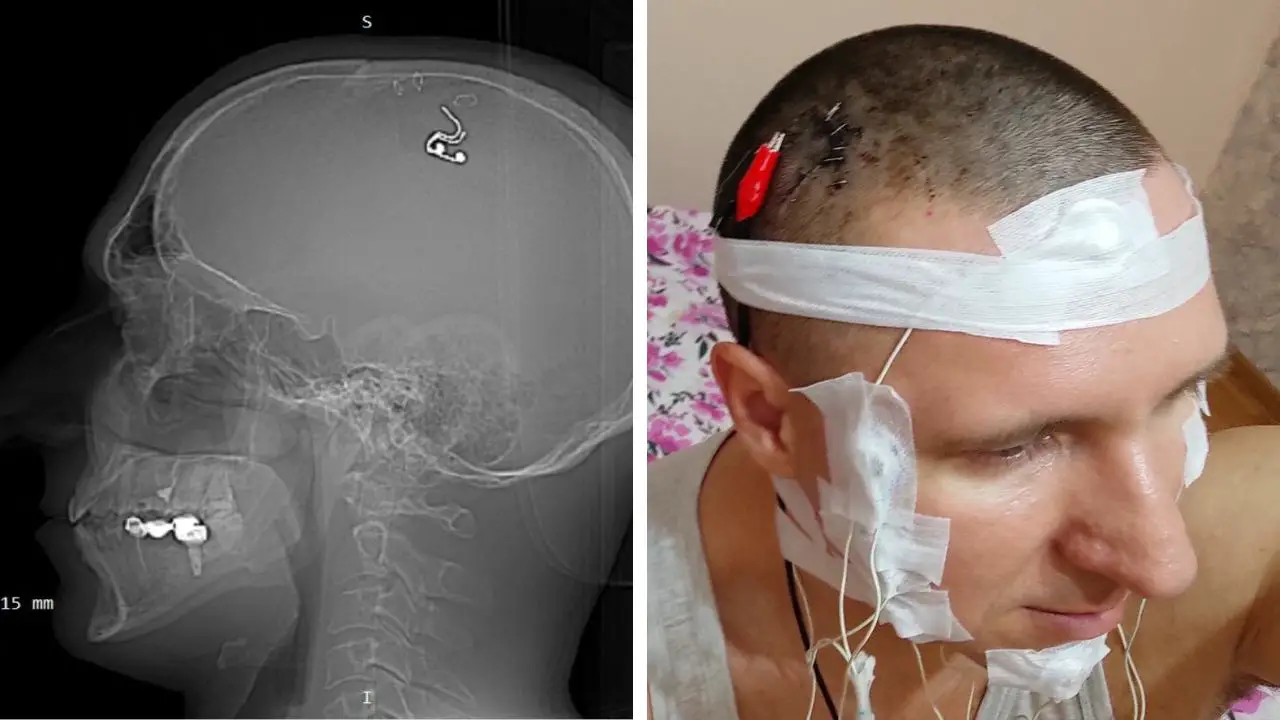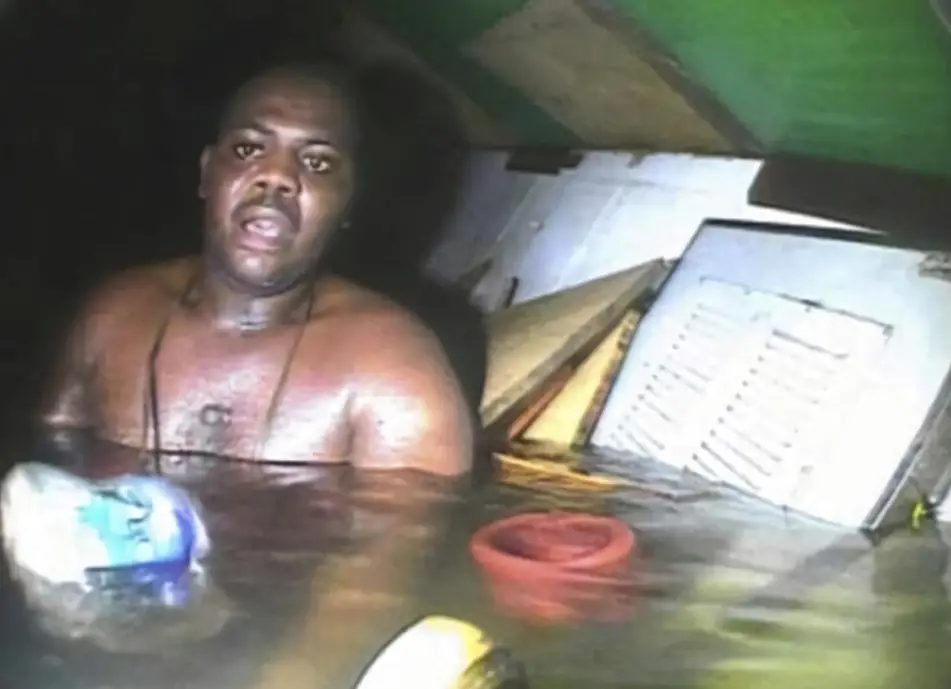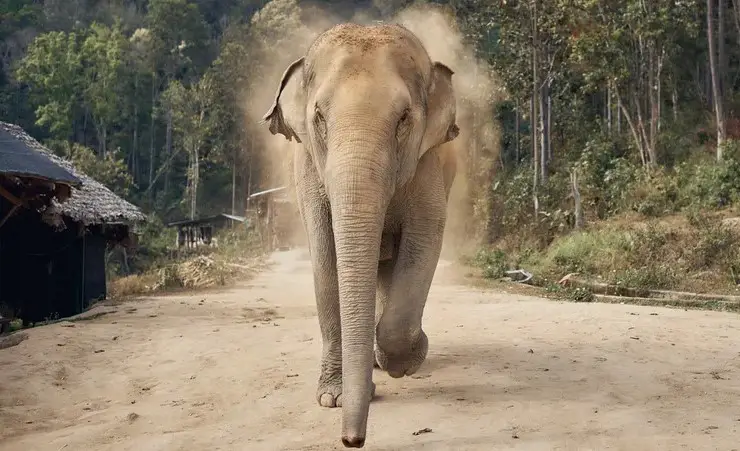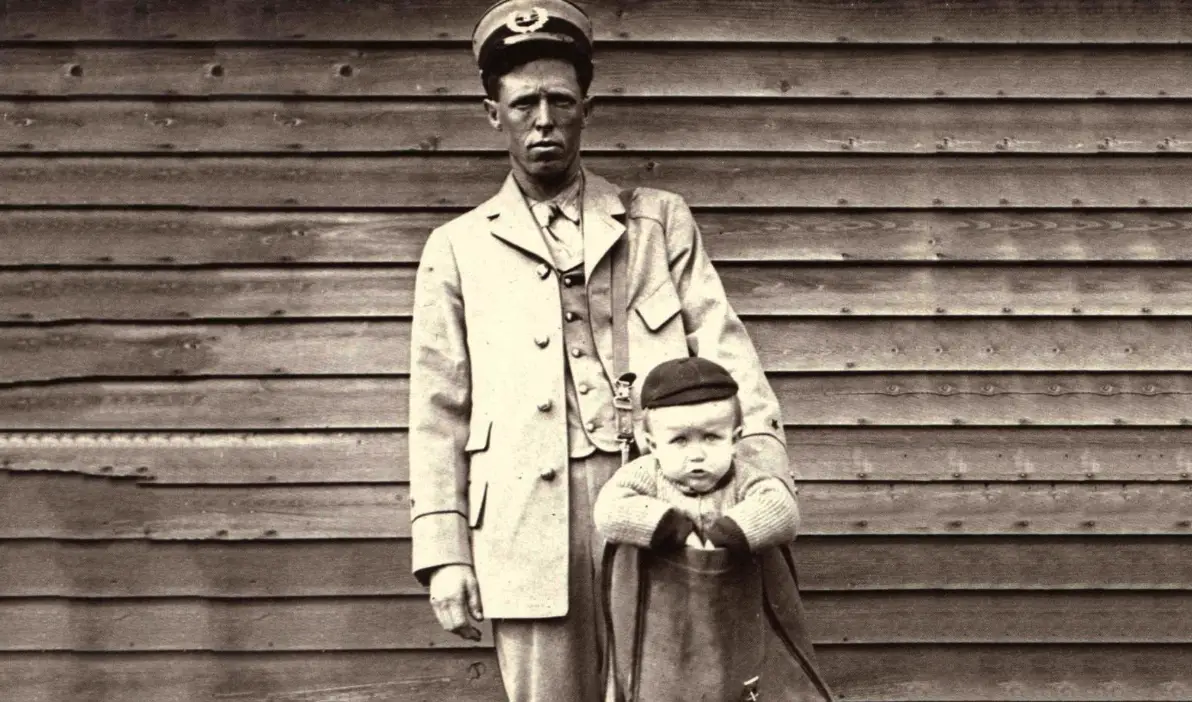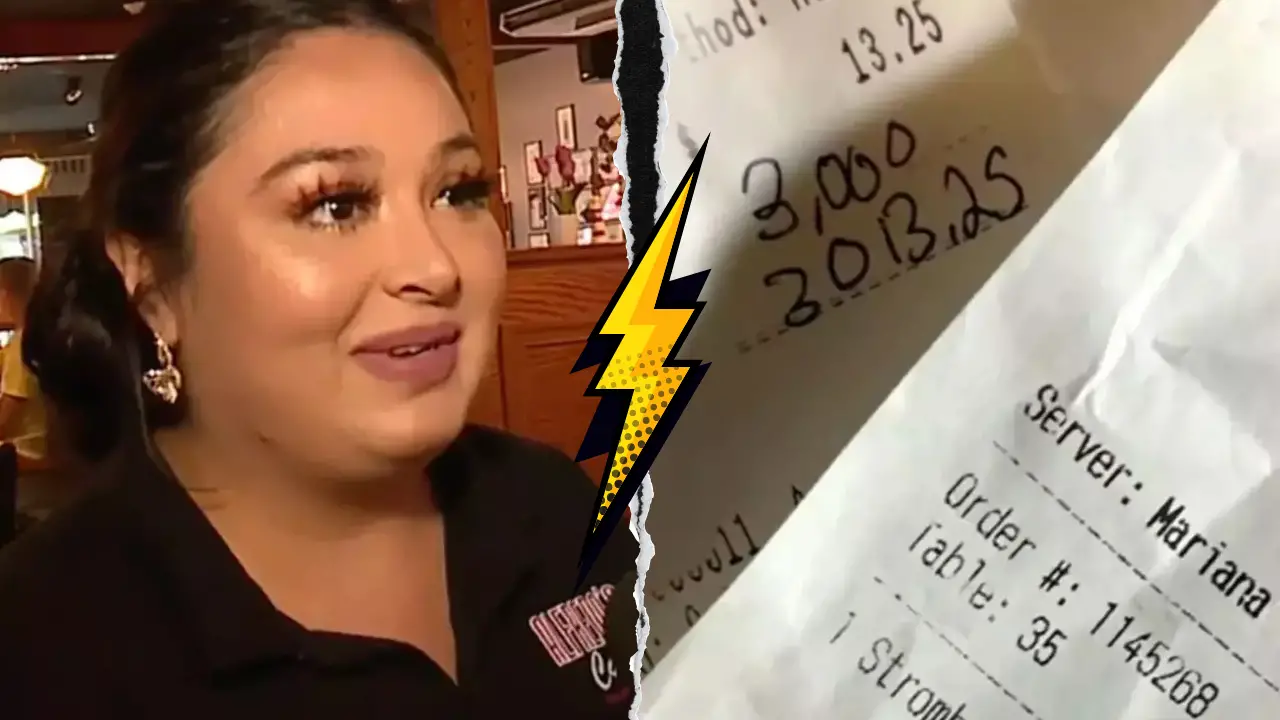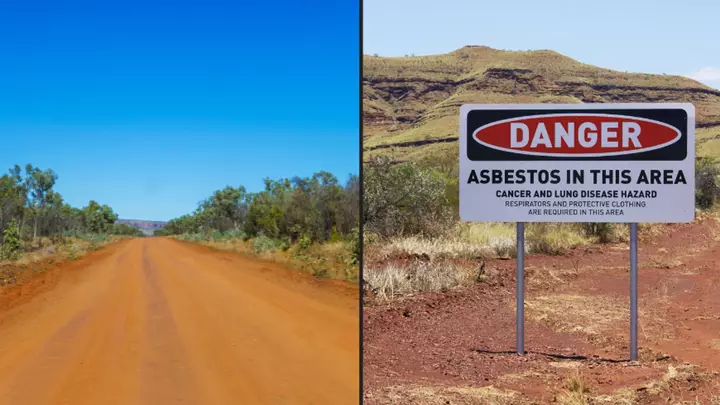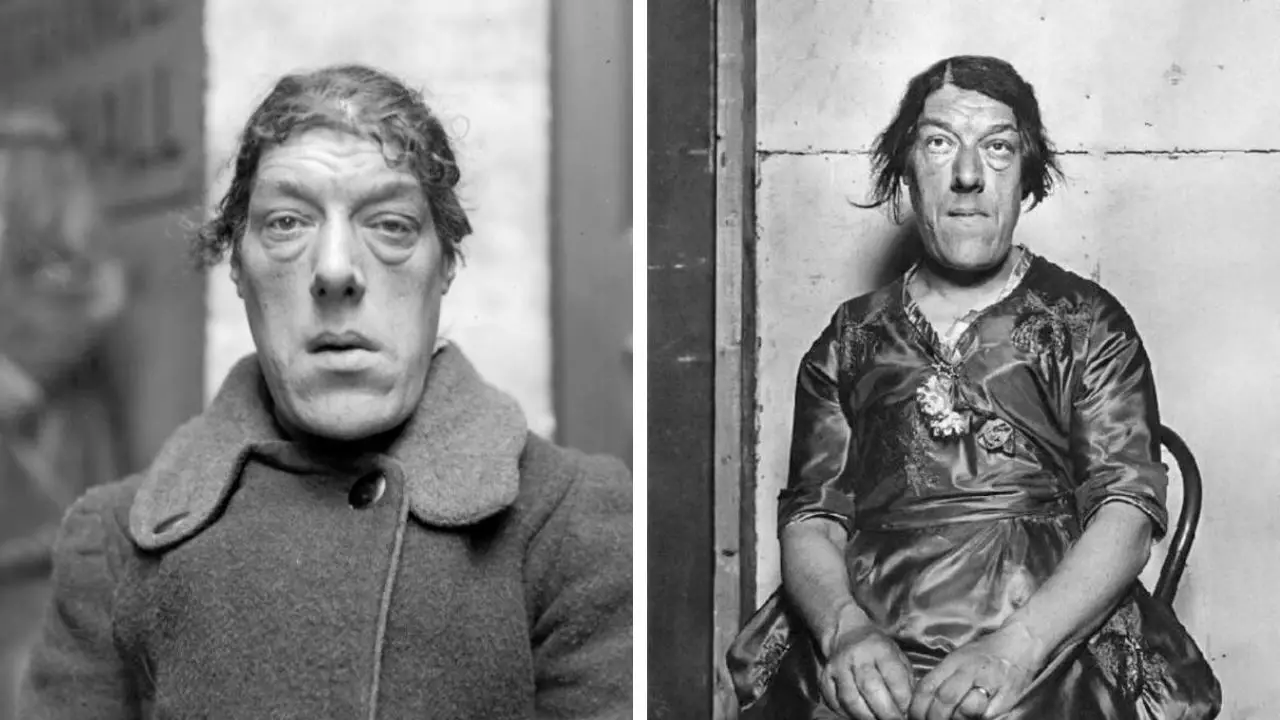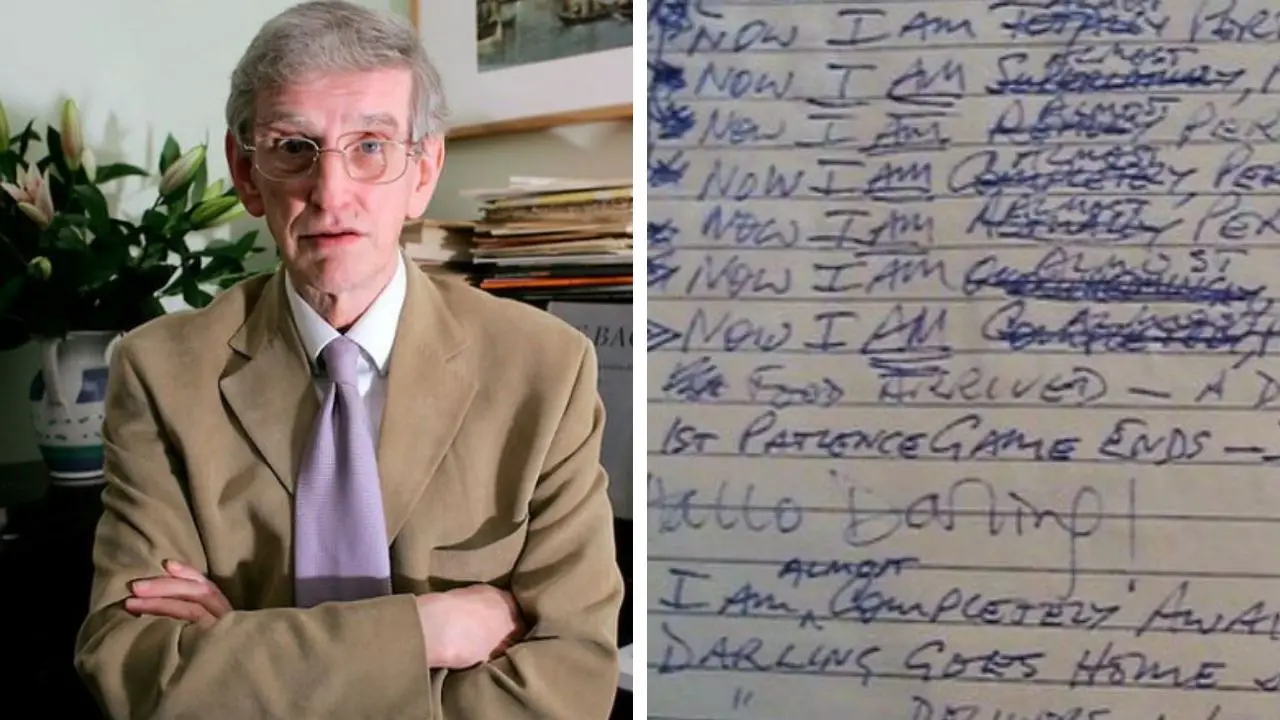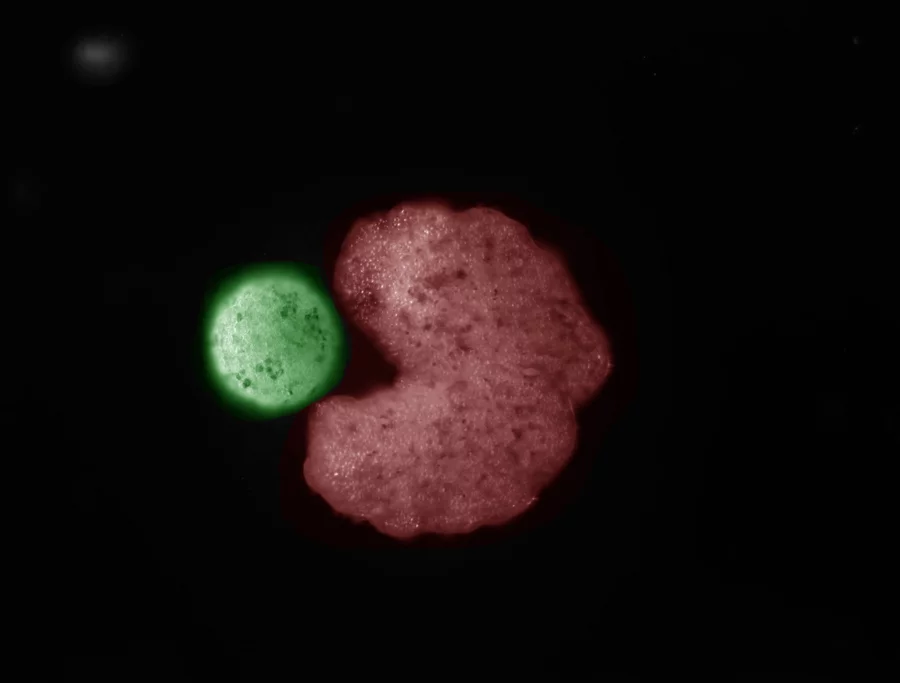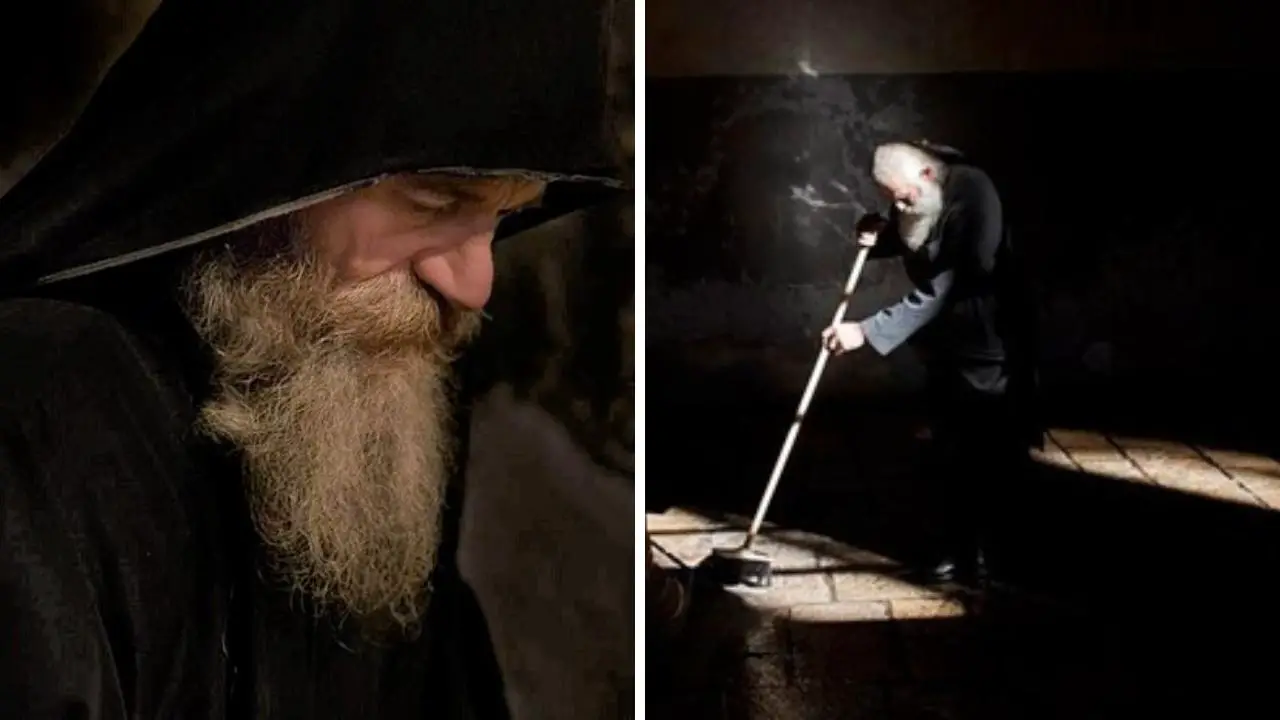Woman ‘Buried Alive’ Spent 11 Days Trying to Fight Her Way Out of Coffin

- Residents near a Brazilian cemetery reported eerie screams and banging noises emanating from a fresh grave over several days.
- Family members exhumed the body to discover fresh injuries on the woman’s hands and forehead, suggesting a desperate struggle to escape.
- Authorities launched an investigation into the hospital’s declaration of death, raising questions about medical errors in cases of septic shock.
In the quiet town of Riachao das Neves, nestled in the arid landscapes of northern Brazil, a chilling tale unfolded that has left locals and experts alike grappling with the boundaries between life and death.
It began on a seemingly ordinary day in late January 2018, when 37-year-old Rosangela Almeida dos Santos, a woman who had battled health issues since childhood, was rushed to the Hospital do Oeste in nearby Barreiras.
Suffering from frequent fainting spells that started at age seven, she had long relied on anti-convulsant medications to manage her condition.
On that fateful day, however, her body succumbed to what doctors diagnosed as septic shock, triggered by severe infections that led to two cardiac arrests.
Medical staff performed resuscitation efforts, but after failing to revive her, they officially pronounced her dead at 11:45 p.m. on January 28.

The next morning, January 29, her grieving family— including her husband and young daughter—arranged a hasty burial at the Senhora Santana cemetery.
The wooden coffin, nailed shut with a simple lining, was lowered into a stone tomb amid tears and prayers.
For the bereaved, it seemed like the end of a tragic chapter in a life marked by medical fragility.
But as days passed, whispers of something unimaginable began to circulate among those living near the graveyard.
Passersby and nearby residents started reporting unsettling sounds: muffled screams piercing the night air, followed by rhythmic banging that echoed like desperate pleas for help.
At first dismissed as superstitions or tricks of the wind in the region’s dry, windy climate, these reports grew persistent, drawing a crowd of curious onlookers who gathered around the tomb, straining to listen.
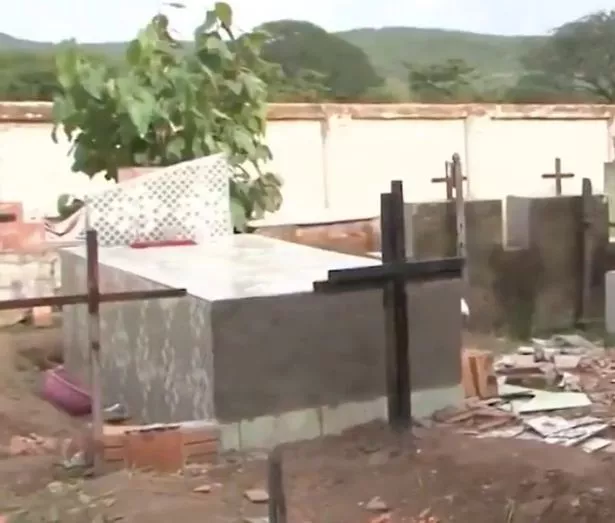
By February 9, eleven agonizing days after the burial, the disturbances had become too alarming to ignore.
Rosangela’s family, alerted by the mounting accounts from locals, rushed to the site.
What they uncovered would haunt them forever, sparking a wave of horror that rippled through the community and beyond.
Armed with tools, they pried open the heavy stone lid of the tomb, expecting perhaps vandalism or an animal intrusion.
Instead, they found the coffin disturbed in ways that defied explanation. The nails securing the lid’s interior lining had been forced upward, as if pushed from within by sheer force.
Scratches marred the coffin’s wooden interior, deep gouges that spoke of frantic clawing in the pitch-black confines.
Cotton wool, typically placed in the nostrils and ears of the deceased during preparation, lay discarded on her chest, seemingly pulled out by her own hands.
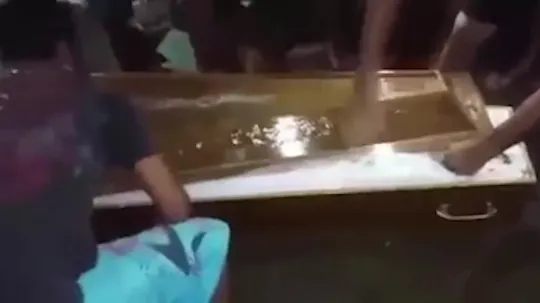
Even more disturbing were the injuries on Rosangela’s body, which appeared fresh and inconsistent with the state of a corpse interred for over a week.
Her wrists and hands bore cuts and bruises, the skin raw as though she had pounded relentlessly against the unyielding wood.
Bloodstains dotted the coffin’s fabric, and her forehead showed signs of impact wounds, possibly from thrashing in the narrow space.
Remarkably, her body still felt warm to the touch, defying the expected rigor mortis and decomposition in Brazil’s tropical heat.
Family members, including her mother Germana de Almeida, recounted the moment with palpable terror, describing how the evidence pointed to a nightmarish reality: Rosangela had awakened in her coffin, trapped in a premature burial, and fought for survival in utter darkness and isolation.
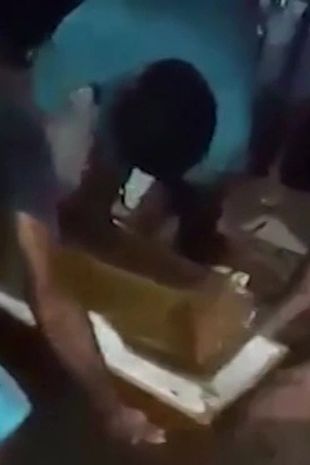
As word spread, videos captured by onlookers showed the chaotic scene at the cemetery, with crowds murmuring in disbelief as the family documented the findings.
One relative, speaking amid the frenzy, noted how the screws on the coffin lid were loosened, further fueling suspicions of internal struggle.
The ordeal raised immediate questions about how long a person could endure such a terrifying confinement.
Experts in forensic pathology later weighed in, explaining that in rare cases of catalepsy—a trance-like state mimicking death—individuals might enter a low-metabolism hibernation, conserving oxygen in the sealed environment.
With the coffin’s air pockets potentially lasting hours or days depending on size and seal, Rosangela’s alleged 11-day fight challenged medical understanding, blending elements of survival horror with real-world physiology.

The family’s anguish quickly turned to outrage, directing blame at the Hospital do Oeste for what they perceived as a catastrophic misdiagnosis.
Rosangela’s death certificate listed septic shock as the cause, but the post-exhumation examination suggested she might have been in a coma or deep unconscious state rather than truly deceased.
Police chief Arnaldo Monte launched an official investigation, interviewing witnesses and reviewing hospital records.
The probe revealed lapses in protocol, such as inadequate checks for vital signs post-resuscitation, a common pitfall in overburdened rural facilities.
In response, the family filed a lawsuit against the hospital, seeking accountability for the premature burial that transformed a medical tragedy into an unthinkable horror.
| Key Fact | Details |
|---|---|
| Victim’s Name and Age | Rosangela Almeida dos Santos, 37 years old |
| Location of Incident | Riachao das Neves, Bahia state, Brazil; buried at Senhora Santana cemetery |
| Date Pronounced Dead | January 28, 2018, at 11:45 p.m. due to septic shock and two cardiac arrests |
| Burial Date | January 29, 2018 |
| Exhumation Date | February 9, 2018 (11 days later) |
| Reported Signs of Struggle | Scratches inside coffin, upward-pushed nails, injuries to hands and forehead, displaced cotton wool |
| Medical History | Fainting spells since age 7, treated with anti-convulsants |
| Investigation Outcome | Police inquiry ongoing; family sued Hospital do Oeste for negligence |
Amid the legal battles, details emerged about Rosangela’s final moments above ground.
Witnesses at the hospital described her as pale and unresponsive after the second heart attack, but some noted irregular breathing patterns that might have been overlooked in the chaos of the emergency room.
Forensic analysis post-exhumation confirmed the wounds were perimortem—inflicted around the time of death—adding layers to the mystery of whether she revived shortly after burial or lingered in a semi-conscious state.
Comparisons to historical cases of being buried alive, like the 19th-century tales that inspired safety coffins with bells, underscored the enduring fear of such fates, even in modern times with advanced diagnostics.

As the investigation deepened, conflicting expert opinions surfaced.
Some pathologists argued that the “warm” body could result from slow decomposition in the tomb’s insulated environment, while others pointed to the lack of livor mortis—blood pooling—as evidence of recent activity.
The screams heard by multiple residents, documented in police reports, included accounts from a caretaker who claimed to have heard cries as early as the third day, growing fainter over time.
This timeline painted a vivid picture of dwindling strength, where initial vigorous attempts to escape gave way to weaker signals, perhaps as oxygen depleted and dehydration set in.
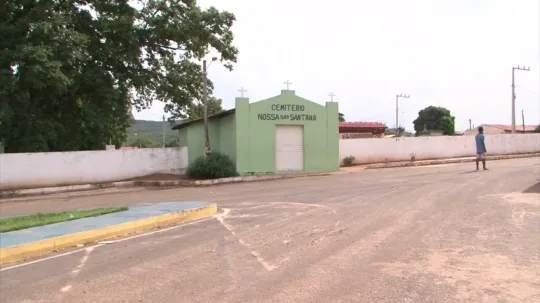
The case also spotlighted broader issues in Brazil’s healthcare system, particularly in underserved regions where misdiagnoses of death-like states occur more frequently due to limited equipment.
Rosangela’s story echoed rare but documented instances worldwide, such as a 2020 incident in India where a man awoke en route to his cremation, highlighting the razor-thin line between error and miracle in medical declarations.
Yet, as authorities pieced together the puzzle, unanswered questions lingered, fueling endless speculation.
How did Rosangela muster the will to fight for so long in that suffocating darkness?
Were the bangs truly her last bids for freedom, or could environmental factors mimic such sounds?
The family’s pursuit of justice continues, but the true horror lies in the possibility that her final awareness was one of unrelenting isolation, clawing at the edges of eternity, leaving us to wonder if similar silent struggles unfold undetected in graves around the world.




